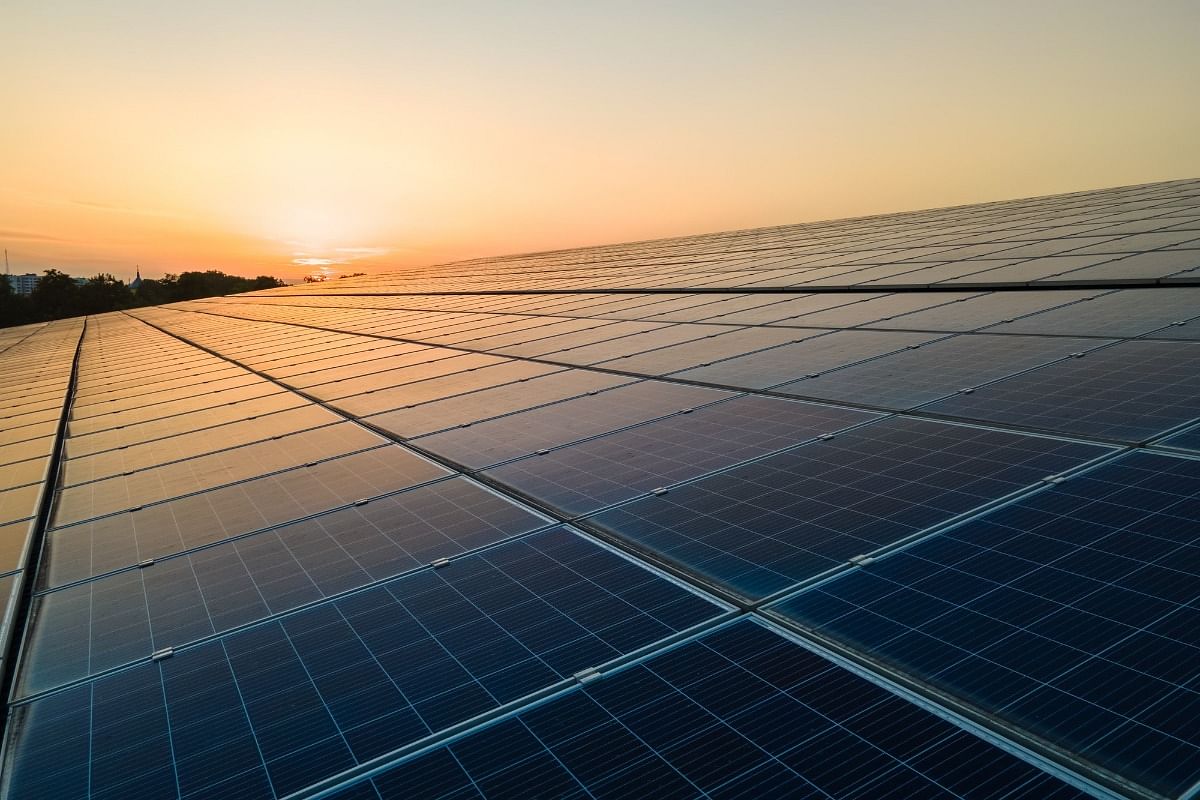
Apr 4th, 2024
Steps to Solar
Embarking on your solar journey starts with a thorough consultation to align objectives, budgets, and timelines. Following this, meticulous site evaluations, system designs, permitting, swift installations, and thorough inspections ensure a seamless transition to sustainable solar energy for your property.
Embarking on your solar journey starts with a thorough consultation to align objectives, budgets, and timelines. Following this, meticulous site evaluations, system designs, permitting, swift installations, and thorough inspections ensure a seamless transition to sustainable solar energy for your property.

Consult Your Installer
When you first meet with your installer, they'll try to see what your hoping to accomplish with your solar installation. From there they'll discuss budgets options and concerns. Finally, they'll ask about timeline concerns and schedule a time for your solar installation.

Site Evaluation
The next crucial step is for the installer to come to the installation site and take an inventory of the area. This will help to make sure the installation goes smoothly and there are no surprises. This is a good time for business owners to ask the installation team any questions or concerns they have.

System Design and Permitting
Taking the information gathered from the second step, the installation team will create a plan for the installation. This will include the location and number of panels, the wiring of the system and the utility connections. These plans are then submitted to your local permitting department for approval.

Solar Installation
Once planning approval is approved, we can proceed with the actual installation. It's helpful to have a business owner around for access to various parts of the property, though not always necessary. Actually the shortest part of the process, most installations take less than a week.

Inspection
The most important and final step is the final inspection and connection. After your system is installed, it will need to be inspected by your city inspection department to make sure it follows the approved plan. Then your utility company will need to come and look over the system before finally connecting everything to the grid.